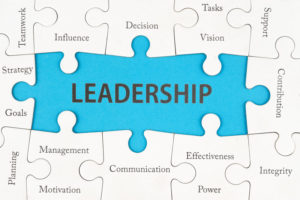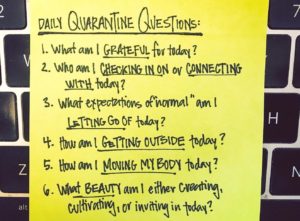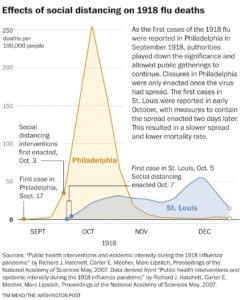As a leader, you are called upon to lead in good times and bad. At normal times and when there is a crisis. It may be an incident in the community with mass casualties, a natural disaster, or a widespread  pandemic as we are living through. Barring any of these truly awful crisis, it might be a system failure and as an IT leader you are front and center. Whatever crisis you may face, it requires the best of your leadership skills.
pandemic as we are living through. Barring any of these truly awful crisis, it might be a system failure and as an IT leader you are front and center. Whatever crisis you may face, it requires the best of your leadership skills.
Here is my list of the needed skills from my own experience and watching the best leaders in our current global crisis.
- Communicate often to everyone involved and impacted. Be open and transparent.
- Focus on the facts. Be explicit when you are stating opinion instead of fact.
- Own the situation. Don’t make excuses. Take responsibility.
- Be genuine and empathetic. Stay connected.
- Stay calm and project calmness.
- Be available and present. Stay close to your team. Provide the encouragement they need.
- Listen to the input of others, especially the experts.
- Be adaptable and ready to make quick decisions.
- Lead by example in all you do.
- Let your organization’s core principles guide you.
- When you can, look ahead and past the crisis. Develop a return to normal plan
- Capture lessons learned.
- Express gratitude often. There are many heroes in a crisis. Find them and thank them.
- And don’t forget to take care of yourself.
I have heard many health IT leaders describe the work they are doing in support of their hospitals during this pandemic – some common themes are being nimble, partnering closely with clinicians, staying focused, ensuring the safety of their onsite staff, being responsive with a can do attitude and providing rapid, innovative solutions. I have great respect for all of them as they navigate and lead during this unprecedented time.
Becker’s Hospital Review published a summary of advice from healthcare leaders last week titled “73 hospital leaders in 10 states hit hardest by COVID-19 offer advice to colleagues: If you do nothing else, at least do this”. Respondents are from New York, New Jersey, Massachusetts, Michigan, California, Pennsylvania, Illinois, Louisiana, Florida and Texas. The responses are organized by theme – I focused first on the leadership, communication and strategy theme. Continue reading




